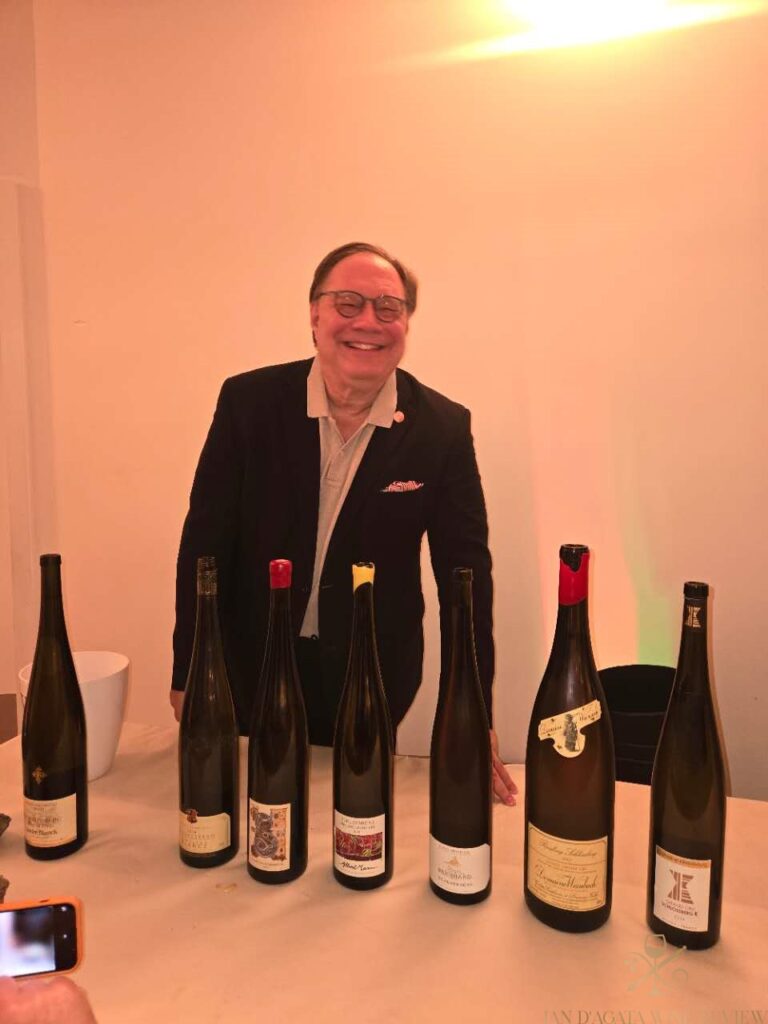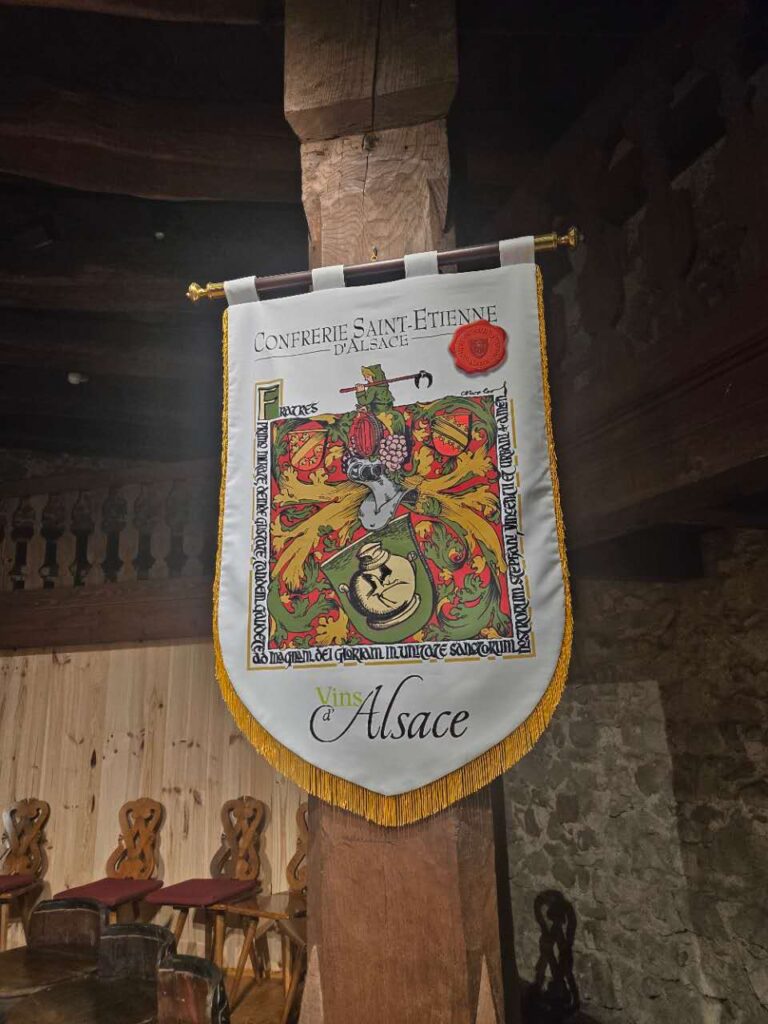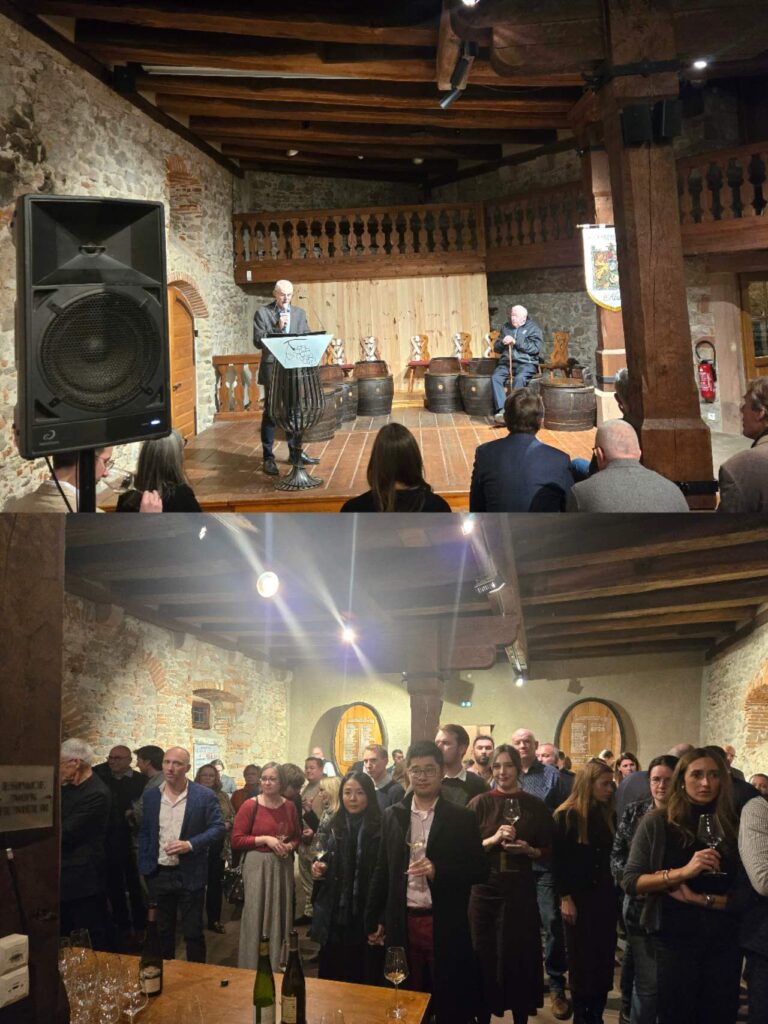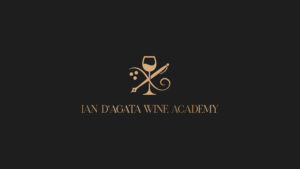Ian D’Agata has been visiting Alsace’s vineyards and wineries since 1976, and since 2000 up to as many as five times a year. He genuinely loves the region, its people, food and wine, and so is very happy to return there if an occasion arises. And so it was, just one month or so after having spent ten days in Alsace visiting wineries and writing up his tasting notes and scores on the new and recent releases of the region’s wines. The occasion for a return trip to gorgeous Alsace was the fiftieth anniversary of the Schlossberg grand cru.

It was back in 1975 that Alsace officially recognized its first ever grand cru vineyard site, the Schlossberg, divided between the very pretty towns of Kaysersberg and Kientzheim (though it officially belongs to the latter commune’s territory). Still today, at 80 hectares, the Schlossberg is the largest of the Alsace grand crus, magnificently situated on a hillside slope that sweeps in an east-west direction; the Chateau de Kaysersberg, where legend has it a treasure belonging to Barbarossa still lies buried, watches over its expanse of vines. It is a slope that boasts some of Alsace’s best vineyard land of all, with a very impressive succession of grand crus following one another. Moving from west to east, these are the Schlossberg, the Furstentum, the Mambourg and the Markrain: but as good, even great, as all of those are, it is the Schlossberg that holds pride of place, in that it was the first grand cru to be so named. A south/southeast facing, steep and therefore terraced site, it rises from about 230-400 meters above sea level and is characterized by a mostly granite soil. In fact, a very complicated one, with at least two-three different types of granite present (such as granit à biotites and à magmatities) that can give very different wines depending also on where within the grand cru the vines are planted (for example, the upper part of the slope has very little top soil, while the bottom part has more, which is matter of some importance, for example in droughty years). Always most famous for its Riesling wines (differently than say the nearby Furstentum and Mambourg, which are historically more famous for Pinot Gris and Gewurztraminer wines, respectively. That is why about 76% of the Schlossberg is planted to Riesling with only 13% planted to Gewurztraminer, 10% to Pinot Gris and 1% Muscat varieties. It’s a grand cru that gives very airy, mineral-tinged wines that age well.

On the evening of Saturday, November 8, 2025, the vignerons who farm the Schlossberg got together to celebrate and pay homage to their prized grand cru on its fiftieth anniversary with a festive paulée held at the Confrérie Saint-Etienne in Kientzheim. Over 150 people attended, with speeches by Eddy Faller of Domaine Weinbach, president off the Schlossberg Vignerons association, and by Marcel Blanck, legendary producer of Schlossberg wines who knows it like few others, following an aperitif of oysters and 2023 Schlossberg wines. Producers and guests then moved upstairs for a sit-down dinner , with two dishes prepared by Michelin starred-chefs Jérôme Jaegle of L’Alchémille (1-Michelin star) and Olivier Nasti of La Table d’Olivier Nasti/ Le Chambard (2-Michelin stars), and an outstanding cheese selection by Bernard Antony, arguably France’s most famous and best cheese mongerer. Wines of both recent and much older vintages, almost all from the Schlossberg cru (clearly some Pinot Noirs from other sites were also served with Nasti’s chicken dish) were offered by the participating Schlossberg producers, including Albert Mann, André Blanck, Jean-Marc Bernhard, Bestheim, Binner, Paul Blanck, Deiss, Kirrenbourg, Domaine Saint-Remy, Schmitt & Carrer, Maurice Schoech, Trapet, Trimbach, and Domaine Weinbach. Old vintages such as the André Blanck Riesling Schlossberg 1973 (with the name of the vineyard on the label but without the words “grand cru”, given these had not yet been named officially) and the Domaine Weinbach Riesling Cuvée Sainte-Catherine Riesling Schlossberg 2005 showcased just how well the older Schlossberg wines have weathered the course of time. Other wines brought by the wine lovers and wine professionals also attending the event and who offered their wines at the paulée included a Clos Martinet 2007, Il Poggione Brunello di Montalcino 2019, Clape Cornas 2017, Piedra Sassi Arroyo Grande Valley 2018, and a Domaine U Stiliccionu Antica red from Corsica and made with Sciaccarellu that was particularly outstanding.

All in all, a marvelous evening of friendship, great food and wines that shone the spotlight on one of France’s most famous vineyards, its grapes, its wines and its producers. Congratulations are in order to the producer’s association of the Schlossberg for organizing this magical and important cultural event and soirée. Well done!







